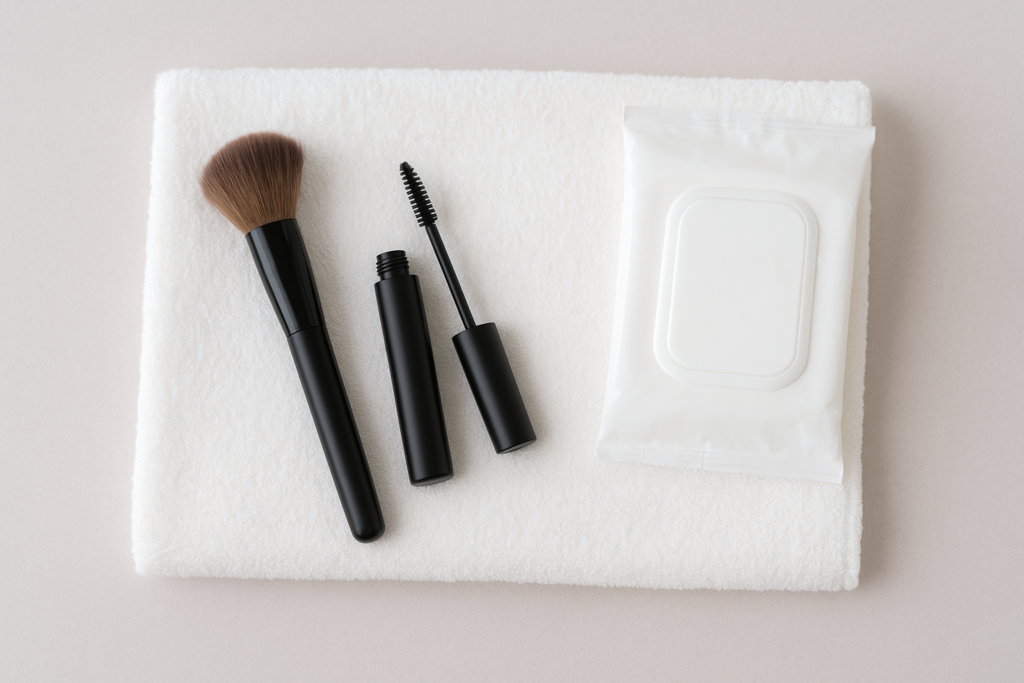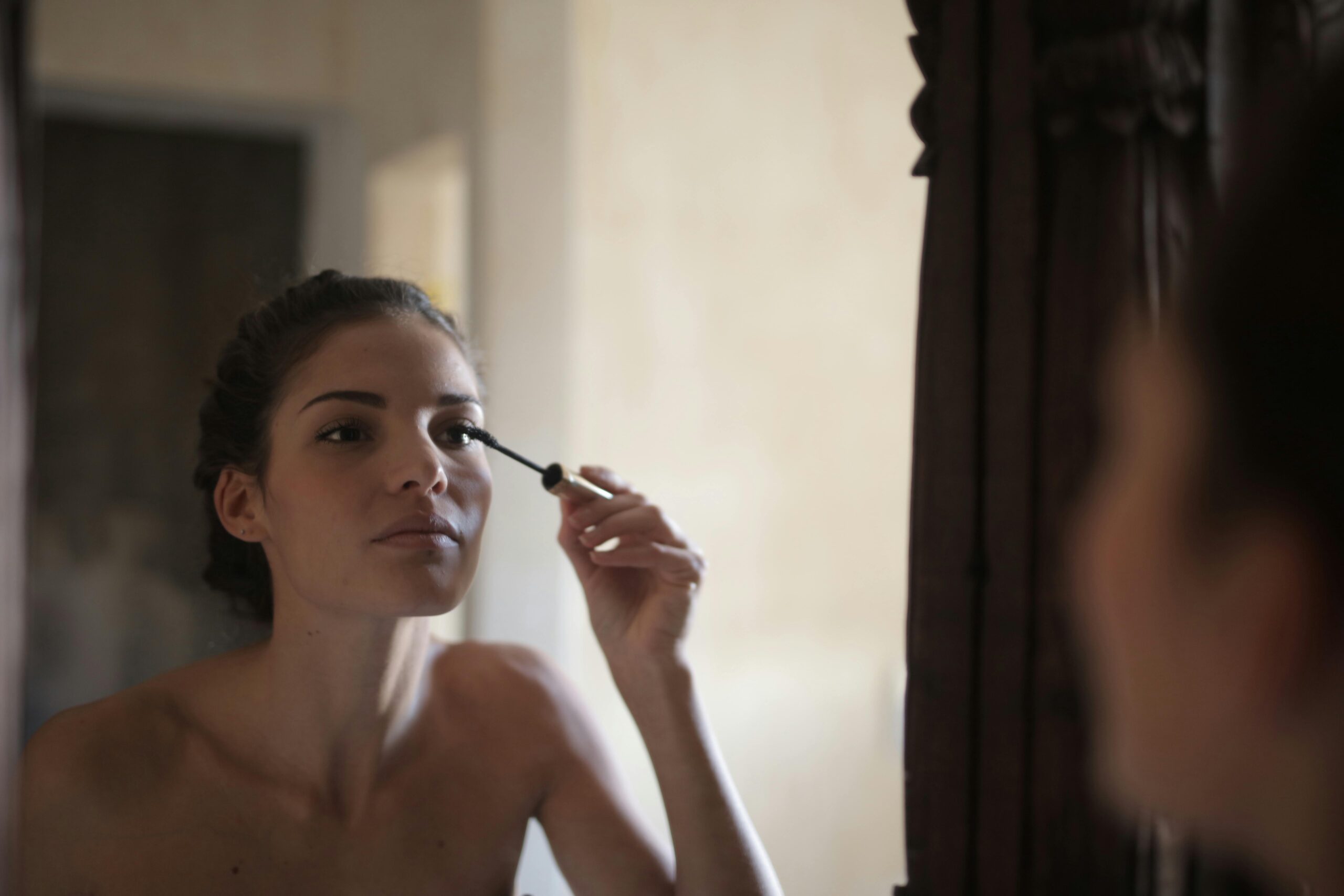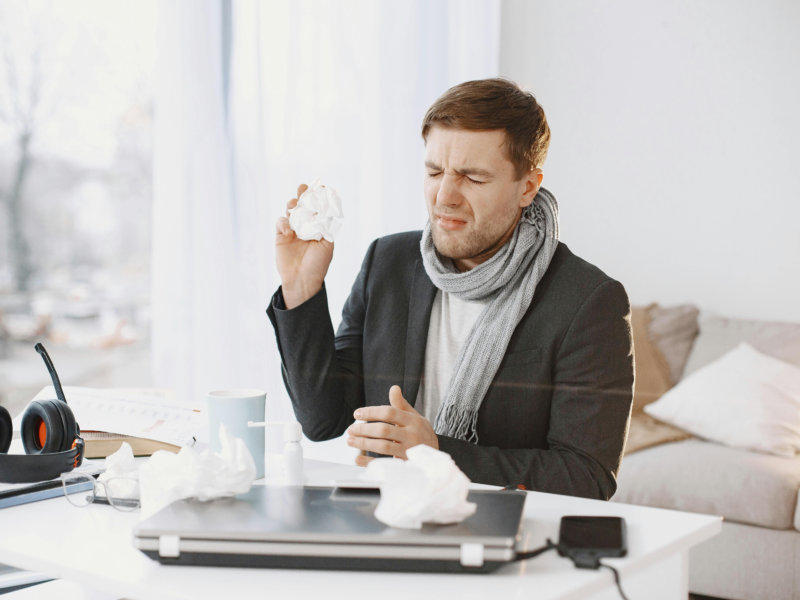Introduction
Makeup enhances beauty and confidence — but when it comes to your eyes, what you put near them matters deeply. From mascara and eyeliner to eyelash glue and glitter, many popular cosmetics can cause irritation, allergic reactions, or even serious infections if used improperly.
According to the American Academy of Ophthalmology (AAO), eye makeup–related infections send thousands of people to the eye doctor each year. The good news? With proper hygiene, product selection, and mindful habits, you can enjoy makeup safely without compromising your vision or eye comfort.
This in-depth guide reveals everything you need to know about makeup and eye health — from ingredient awareness and daily hygiene to what ophthalmologists recommend for sensitive or contact-lens wearers.
1. Understanding How Makeup Affects Eye Health
The skin around your eyes is 10 times thinner than other areas of the face — meaning it’s more prone to irritation and allergic reactions. Products applied here can migrate into the tear film, clog oil glands, or even alter the delicate microbiome of your eyelids.
Why It Matters:
- Mascara flakes or eyeliner particles can enter the eye and cause redness or micro-scratches.
- Oil-based makeup removers may block meibomian glands, leading to dry eye syndrome.
- Waterproof formulas can trap bacteria and increase the risk of infections if not cleaned properly.
2. Common Causes of Makeup-Related Eye Irritation
Eye discomfort from makeup can result from a range of factors — not just allergies.
Here are the most frequent culprits:
- Expired or contaminated products (mascara, eyeliner, eyeshadow).
- Sharing makeup with others (transfers bacteria and viruses).
- Sleeping with makeup on, clogging glands and irritating corneas.
- Applying liner inside the lash line (tightlining traps bacteria near tear ducts).
- Using waterproof makeup daily, which requires harsh removal.
Symptoms include:
- Redness and burning sensation
- Watery or dry eyes
- Sticky eyelids
- Styes or chalazia (blocked oil glands)
- Blurred vision due to debris on the tear film
If symptoms persist more than 24 hours, an ophthalmologist visit is essential.

3. The Hidden Dangers in Cosmetic Ingredients
Not all makeup is eye-safe — and some ingredients can do more harm than good.
⚠️ Ingredients to Avoid:
- Parabens – can disrupt hormones and irritate eyelids
- Formaldehyde-releasing preservatives (like DMDM hydantoin) – linked to allergic reactions
- Fragrance or essential oils – common causes of contact dermatitis
- Carbon black and heavy metals – used in eyeliners and mascaras, linked to toxicity
- Glitter or shimmer – especially dangerous if loose particles enter the eye
✅ Better Alternatives:
- Hypoallergenic or ophthalmologist-tested formulas
- Fragrance-free, preservative-free products
- Clean beauty brands with transparent ingredient lists
- Mineral-based pigments and water-based mascaras
4. Best Practices for Applying Eye Makeup Safely
Following these simple steps dramatically reduces your risk of irritation:
- Always start with clean hands and sanitized brushes.
- Apply makeup outside the lash line, not on the waterline.
- Avoid applying mascara at the very base of lashes (close to glands).
- Never apply makeup in a moving vehicle — micro-scratches can occur.
- Use disposable applicators when sharing products (for professional use).
- Never mix saliva or water into dried makeup products.
Pro Tip:
Apply contact lenses before applying makeup and remove them before cleaning your face.
5. Makeup and Contact Lenses: What You Must Know
Contact lens wearers face unique challenges. Makeup particles can adhere to lenses, leading to dryness and blurred vision.
Do’s for Lens Users:
- Use oil-free makeup removers.
- Apply powder eyeshadow before inserting lenses.
- Avoid fiber mascaras — flakes can stick to the lens surface.
Don’ts:
- Don’t wear lenses longer than prescribed.
- Don’t use heavy eyeliner near the inner eye corner.

6. Removing Eye Makeup Properly
The removal process is just as important as application.
Safe Removal Steps:
- Wash hands thoroughly.
- Use micellar water or an ophthalmologist-approved makeup remover.
- Avoid rubbing — gently press a soaked pad over eyes for 20 seconds, then wipe downward.
- Rinse with cool water and apply a mild moisturizer around the eyes.
🔗 Related Articles
7. Makeup Hygiene Rules Every Woman Should Follow
- Replace mascara every 3 months, eyeliner every 6 months, and eyeshadow every 12 months.
- Never use saliva or tap water to moisten dried products.
- Keep cosmetic pencils sharp to prevent eye scratches.
- Store makeup in a cool, dry place away from direct sunlight.
- Clean brushes weekly using a gentle baby shampoo or brush cleaner.
8. Safe Makeup Alternatives for Sensitive Eyes
If your eyes are prone to irritation:
- Use cream-based shadows instead of loose powders.
- Choose tubing mascaras that wrap around lashes and wash off with warm water.
- Avoid lash extensions or glue-on lashes, which can trigger allergies.
- Try cold-compressed aloe vera as a natural soothing base.
9. When to Replace Eye Makeup Products
Expired makeup is one of the biggest infection sources. Use this quick guide:
| Product | Replace After |
|---|---|
| Mascara | 3 months |
| Liquid Eyeliner | 3–4 months |
| Pencil Eyeliner | 6–12 months |
| Eyeshadow (powder) | 12–24 months |
| Makeup Brushes | Every 6 months (deep clean weekly) |
10. Recognizing the Signs of Eye Infection
You may have an infection if you notice:
- Pain or redness in the eyelid
- Discharge or sticky buildup
- Crusty eyelashes in the morning
- Swollen eyelids or sensitivity to light
If you suspect an infection:
👉 Stop wearing makeup immediately.
👉 Disinfect brushes or replace products.
👉 Visit an eye doctor for evaluation.
11. Dermatologist & Ophthalmologist-Recommended Products
- Clinique Lash Power Mascara – ophthalmologist-tested, allergy-friendly.
- Almay Eyeliner – fragrance-free and safe for contact lens wearers.
- La Roche-Posay Respectissime Eye Makeup Remover – removes waterproof makeup gently.
- Neutrogena Healthy Lengths Mascara – no harsh chemicals or parabens.
12. The Future of Clean Beauty and Eye Health
The clean beauty movement is shaping the future of safe cosmetics.
Brands are developing biocompatible pigments, microbe-free packaging, and AI-powered ingredient tracking. Ophthalmologists are even collaborating with beauty companies to certify eye-safe labels.
By 2030, experts predict over 80% of global cosmetic brands will switch to formulations safe for both eyes and skin.
FAQ
Q1: Can eye makeup cause permanent eye damage?
Not usually, but infections or corneal scratches can cause lasting damage if untreated.
Q2: Is waterproof mascara bad for eyes?
Not inherently, but frequent use can irritate eyes due to harsh removers.
Q3: What’s the safest eyeliner placement?
Apply eyeliner above the lash line, never on the waterline.
Q4: Can natural makeup still cause allergies?
Yes — “natural” doesn’t always mean safe; always patch-test first.
Q5: Should I stop wearing makeup if I have dry eyes?
Not necessarily, but choose non-irritating, water-based products and clean tools frequently.
13. Conclusion
Makeup and eye health can coexist beautifully — if you treat your eyes with the same care as your skin.
Always prioritize clean products, proper hygiene, and mindful application. Your eyes are not just a canvas — they’re a delicate, living organ deserving protection.
With the right practices, you can keep your eyes radiant, healthy, and irritation-free — every single day.



